Working Together
Finding Solutions
Relieving Pain
The Ultimate Choice For Ultimate Spine Solutions®
Explore Our Resources
Empowering Our Patients Through Shared Knowledge
Blog

The Neurologist’s Guide to Coffee Timing: When to Drink Caffeine
December 5, 2025
See More
Blog

Understanding Headaches and Migraines: Expert Insights for Finding Real Relief
December 3, 2025
See More
Blog

5 Signs You Should Not Ignore Related to Your Back Pain
December 2, 2025
See More
News

VSI® Performs World’s First Robotic Minimally Invasive Bertolotti’s Resection Surgery
November 25, 2025
See More
Blog

Complete Guide to Running for Women: Prevention, Management, and Recovery
November 11, 2025
See More
Blog
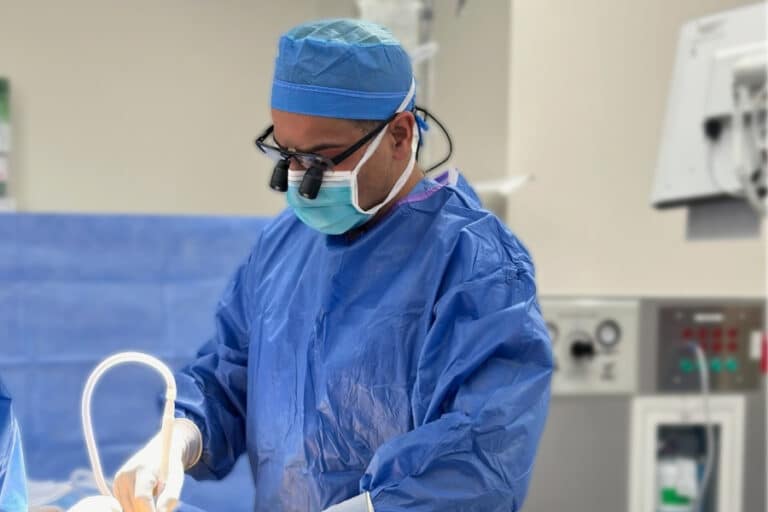
Dr. Ehsan Jazini Performs First Customized Two-Level Lumbar Disc Replacement Combined with TOPS™ on the East Coast
November 7, 2025
See More
Blog
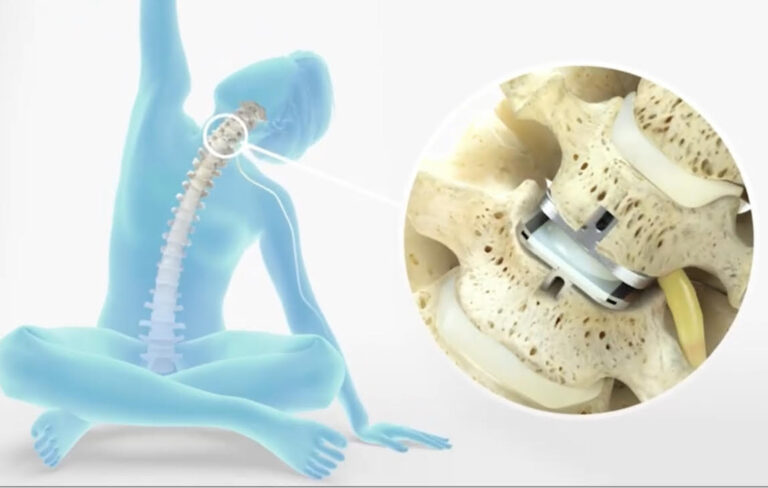
Which Disc Implant is Right for Me?
October 31, 2025
See More
Blog
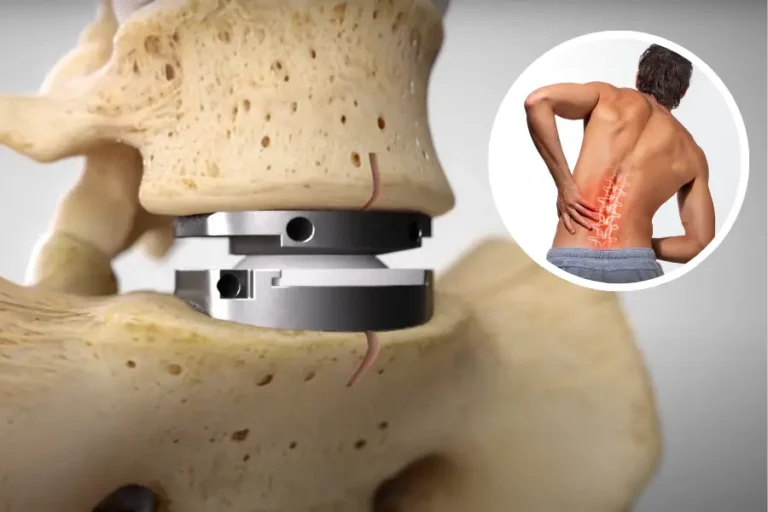
Which Lumbar Artificial Disc Is Best for My Lower Back Condition?
October 31, 2025
See More
Blog

4 Common Reasons You’re Experiencing That Arm Pain
October 31, 2025
See More
Blog

How Daylight Saving Time Impacts Your Brain Health
October 30, 2025
See More
Blog

Celebrating Excellence in Spine Care: VSI’s Top Doctors of 2025
October 29, 2025
See More
Blog
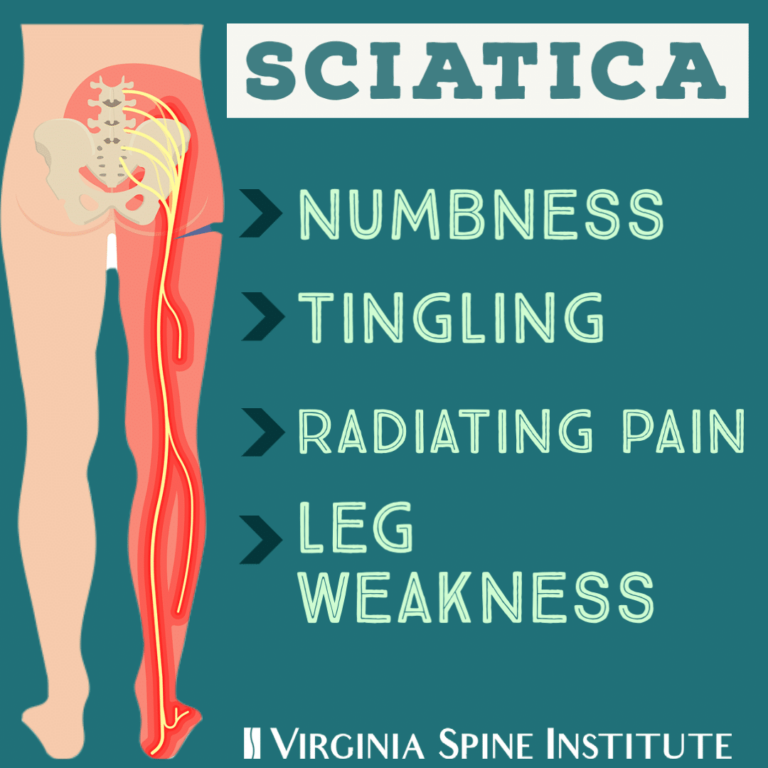
Physical Therapy Can Jumpstart Your Sciatica Treatment
October 28, 2025
See More
Blog

What Can I Expect When I Go To Vestibular Rehabilitation Physical Therapy?
October 28, 2025
See More
Blog
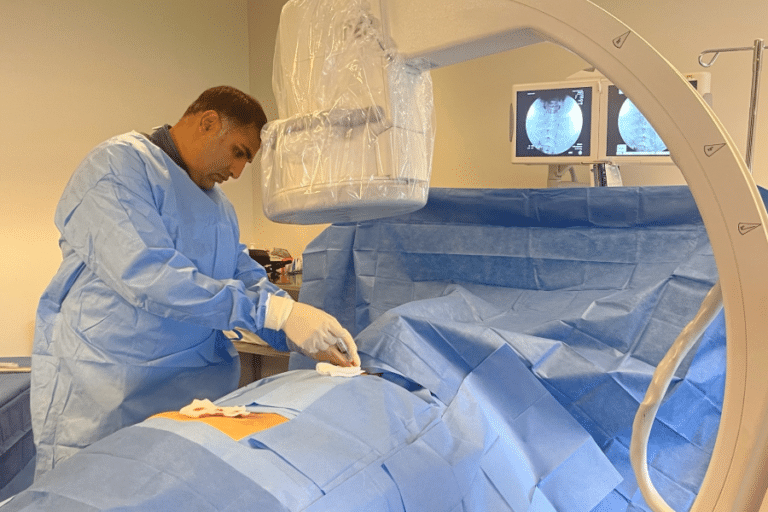
Top 10 Things You Need to Know About Stem Cell Therapy
October 28, 2025
See More
Blog

Unraveling the Surprising Link Between Summer Heat and Worsening Back Pain
October 27, 2025
See MoreJoin The Conversation
#MyVSIVictoryStory
Is This “Just a Headache”? A Neurologist’s Red Flags + Fixes
Black Friday Buys, Rated by a Doctor
Inside the World's FIRST Robotic Bertolotti's Resection Surgery | Spine Surgeon Explains
Neurologist's Expert Tips: Tapping into Coffee's Power
How to Optimize Your Morning Coffee | Neurologist Explains
Recovery Revolution™ at VSI, Explained by Dr. Good
Why Recovery After Spine Surgery Matters Most | Dr. Good on Fox5 DC
TOPS + Disc Replacement: Alternative to Spinal Fusion Surgery
Tried Everything for Pain? This Light-Based Treatment ACTUALLY Works!



